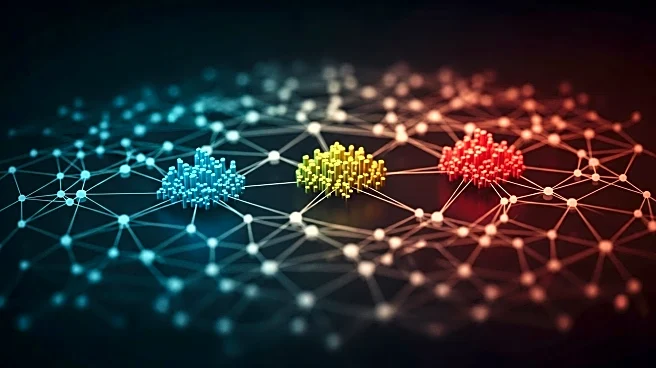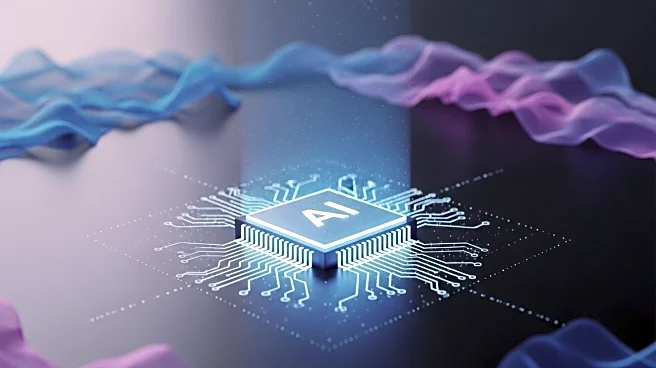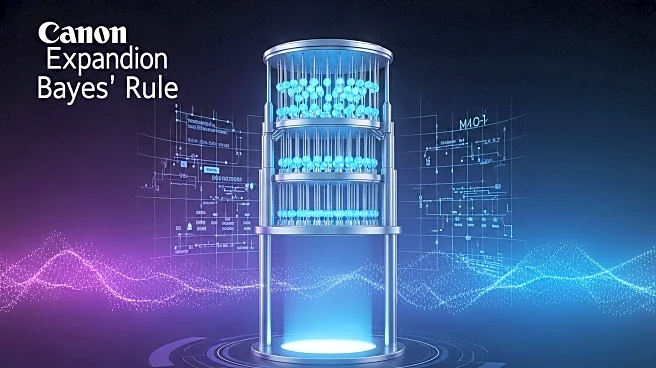What is the story about?
What's Happening?
A new prototype-driven graph contrastive learning clustering network has been proposed to address the issue of false negatives in contrastive learning methods. The network introduces a decoupled contrastive learning mechanism that focuses solely on positive samples, aligning their embeddings across different views. This approach aims to improve the robustness and consistency of representations, enhancing clustering performance. The network consists of two main components: the Multi-Scale Attribute Feature Aggregation Graph Contrastive Module and the Multi-Scale Prototype-Driven Data Augmentation Graph Contrastive Module. These modules work together to generate prototypes and high-confidence sample sets, which are used to refine clustering tasks.
Why It's Important?
Reducing false negatives in contrastive learning is crucial for improving the accuracy and reliability of AI models, particularly in clustering tasks. This advancement can lead to better data categorization and analysis, which is vital for applications in various fields such as social media analysis, recommendation systems, and bioinformatics. By enhancing the quality of AI models, businesses and researchers can achieve more precise insights and predictions, driving innovation and efficiency in technology-driven sectors.
What's Next?
Further research and development are expected to refine the proposed network and explore its applications in real-world scenarios. The adoption of this technology could lead to advancements in AI-driven data analysis, potentially influencing industries that rely heavily on data clustering and categorization. Collaboration between academic institutions and tech companies may accelerate the integration of these methods into commercial AI solutions.
AI Generated Content
Do you find this article useful?













